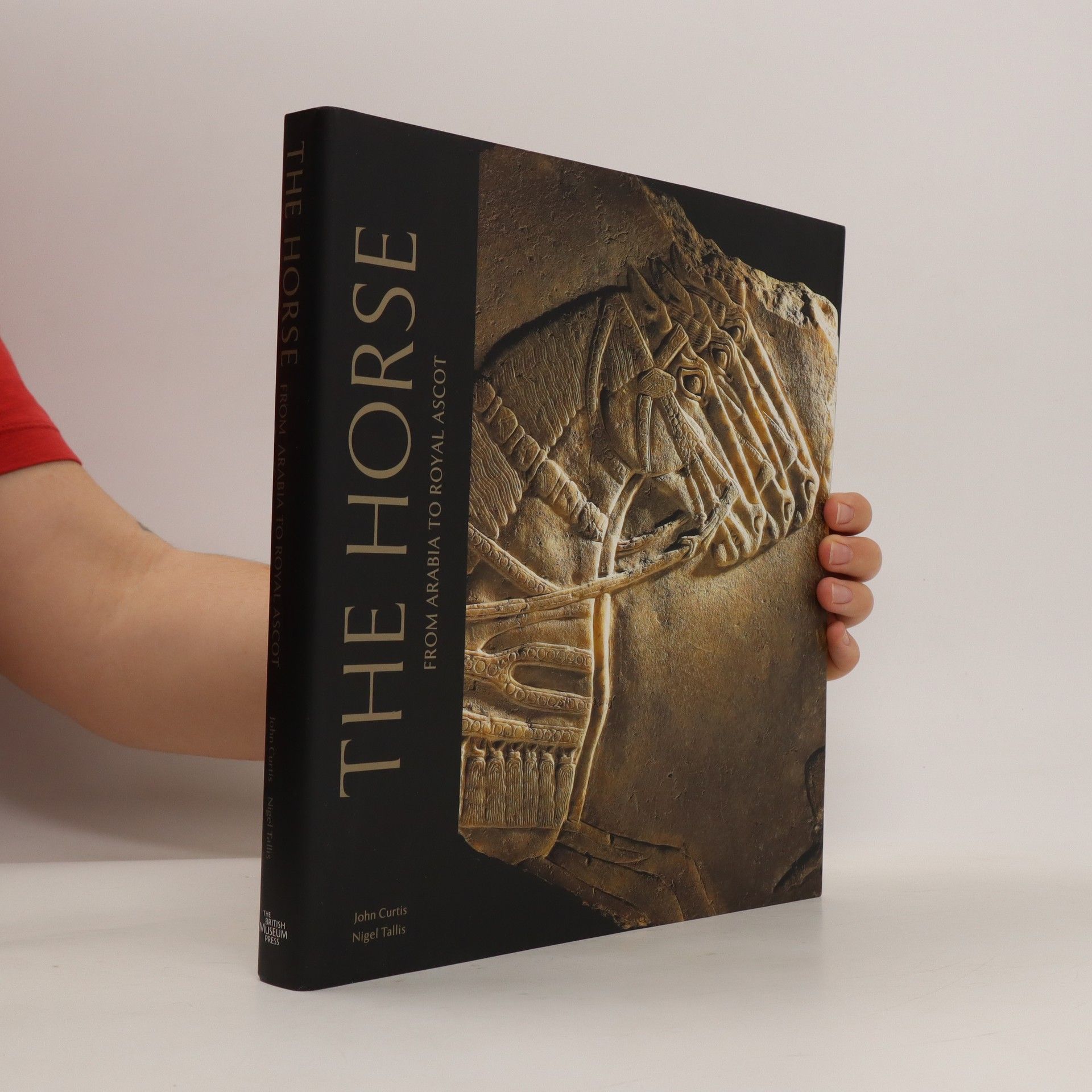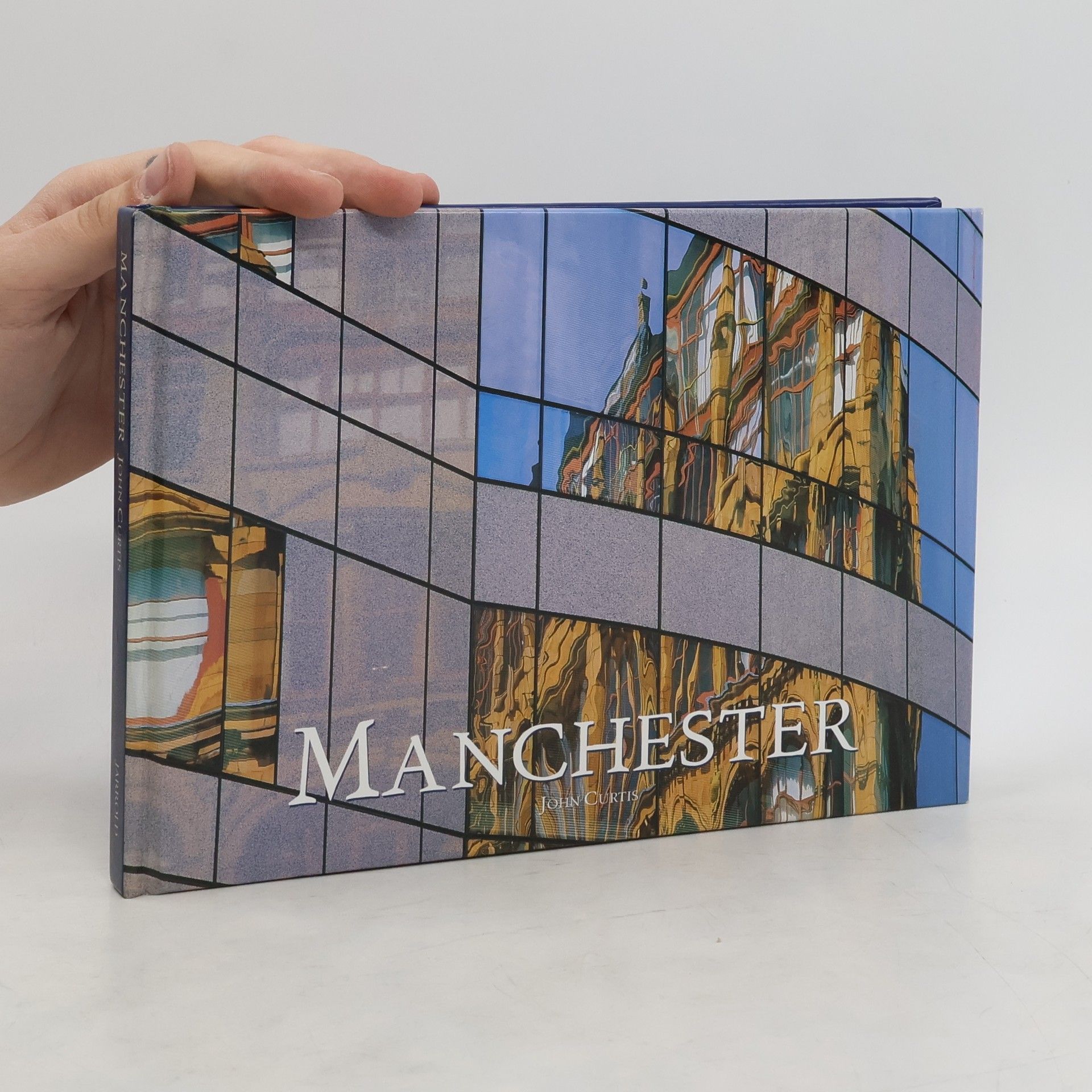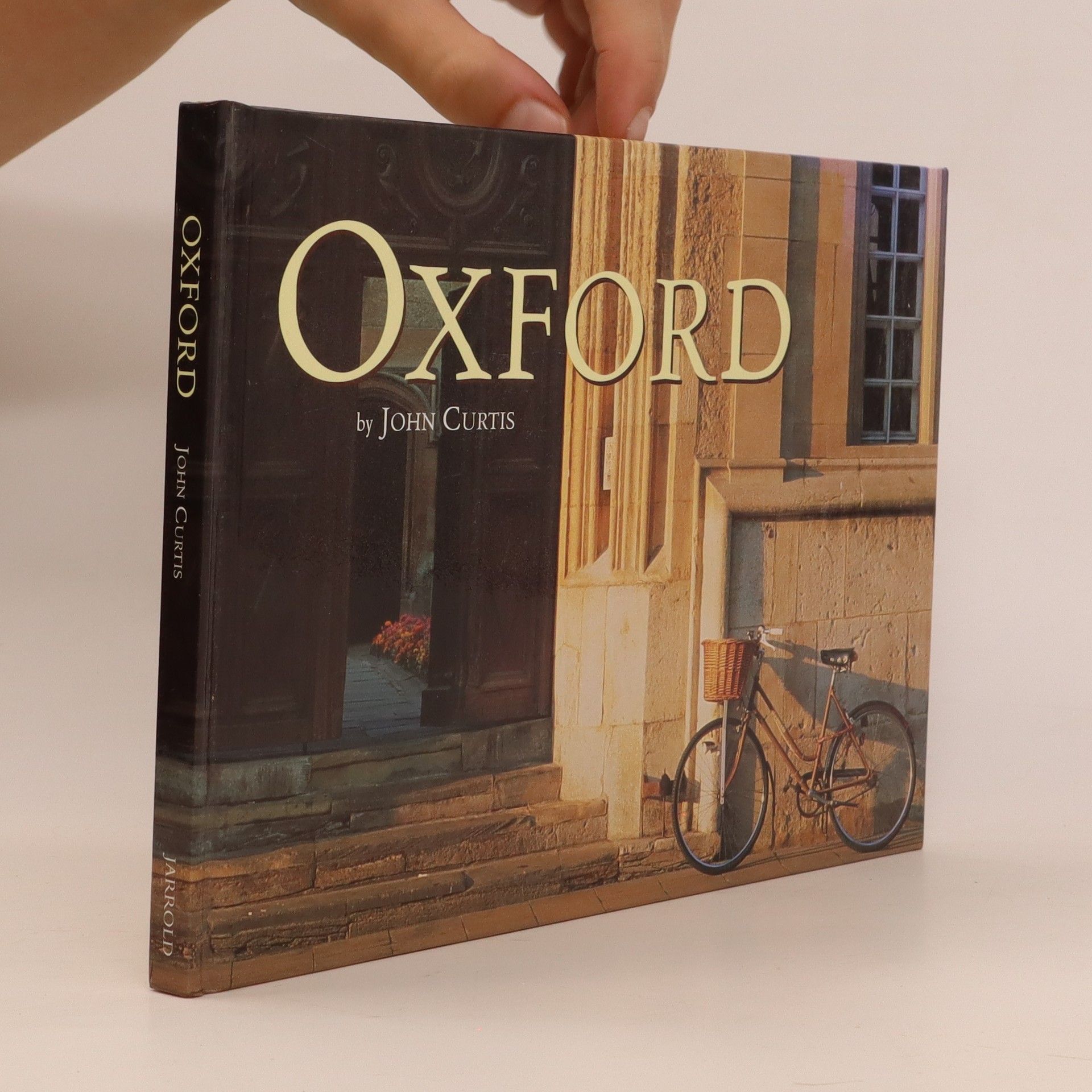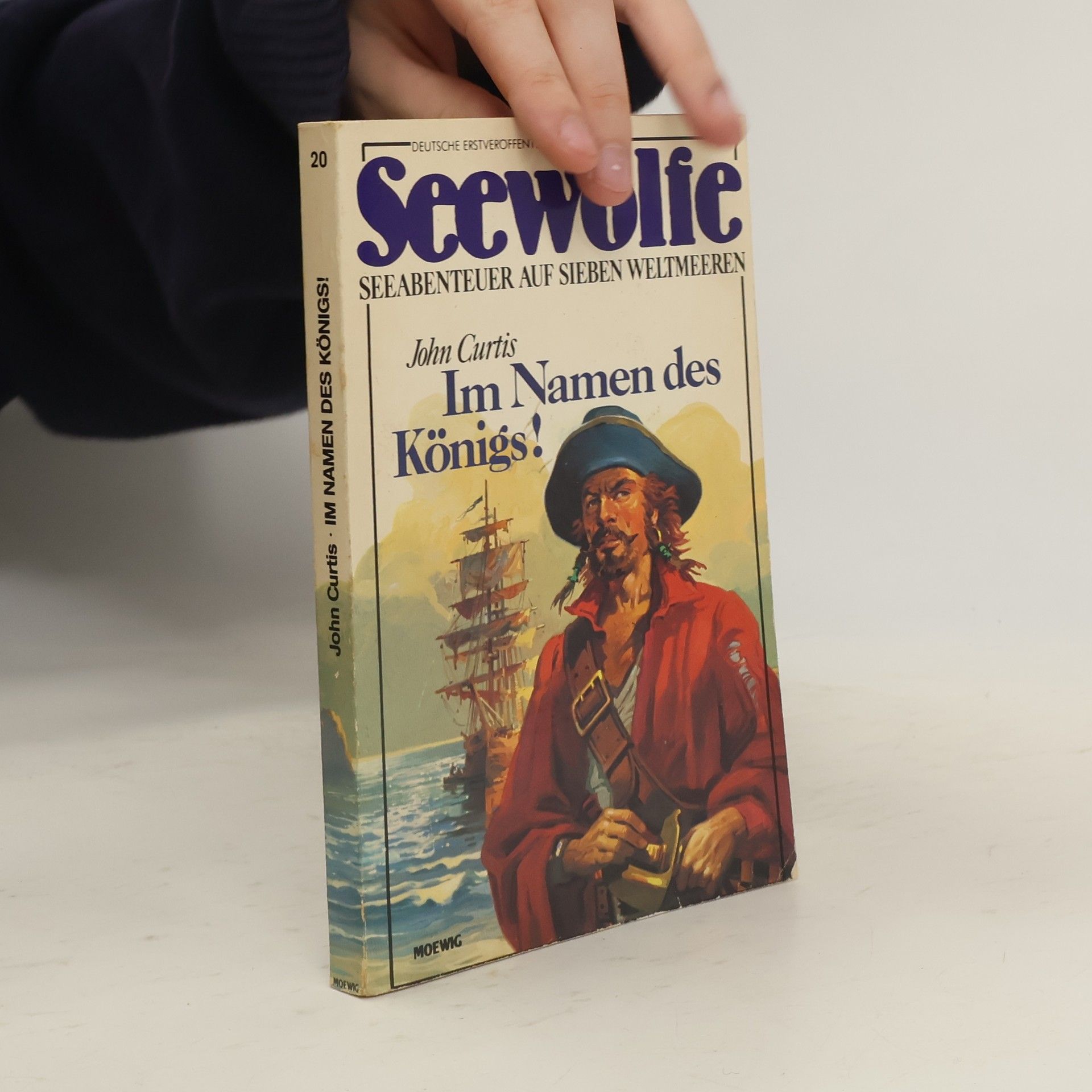Studies in Ancient Persia and the Achaemenid Period
- 232 pages
- 9 hours of reading
The collection features eight essays focusing on Ancient Persia during the Achaemenid and Sasanian Empires. Contributors explore significant topics such as stone relief carvings from Persepolis, the Achaemenid influence in Babylon, and overlooked elements of biblical archaeology related to the books of Daniel and Isaiah. Additionally, the essays examine the Sasanian period, highlighting the establishment of Zoroastrianism as the state religion. This scholarly work is valuable for historians, archaeologists, and biblical scholars interested in these pivotal eras.







